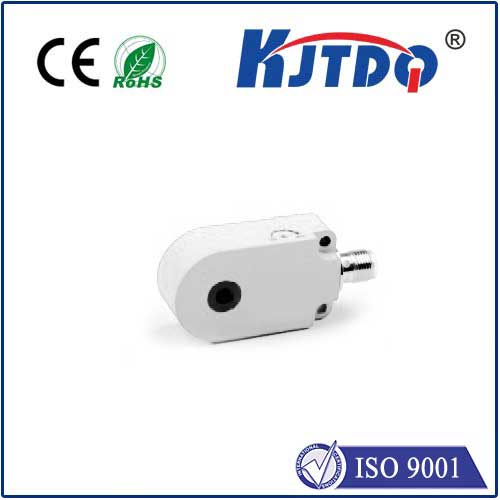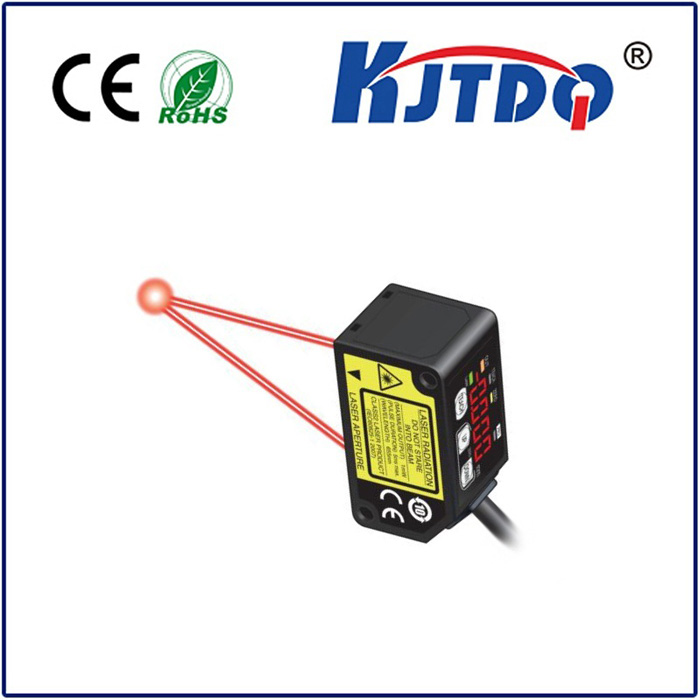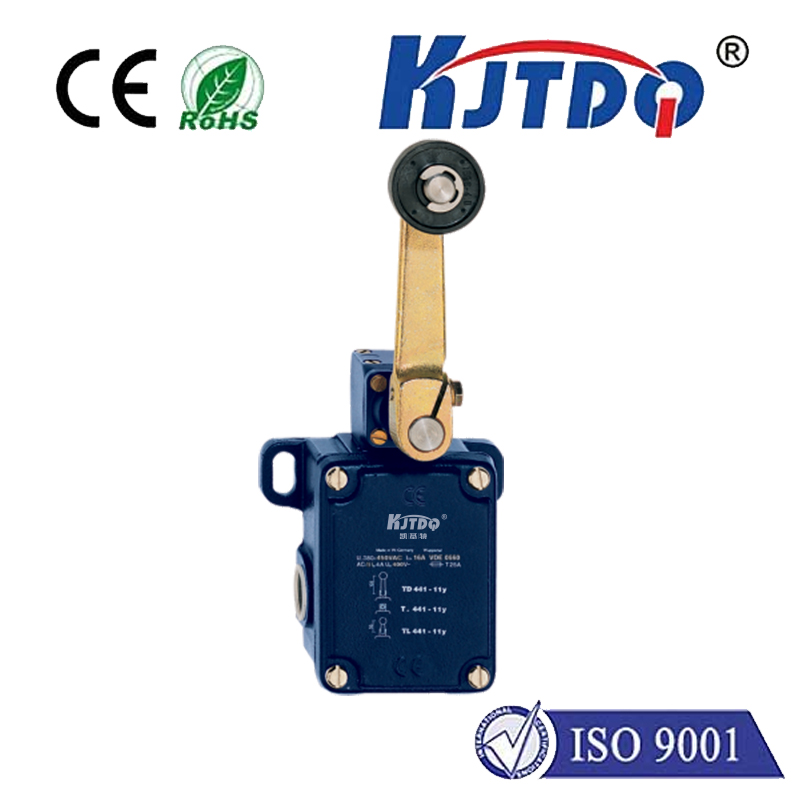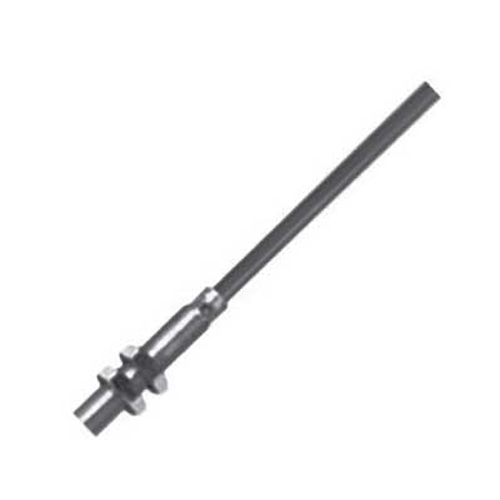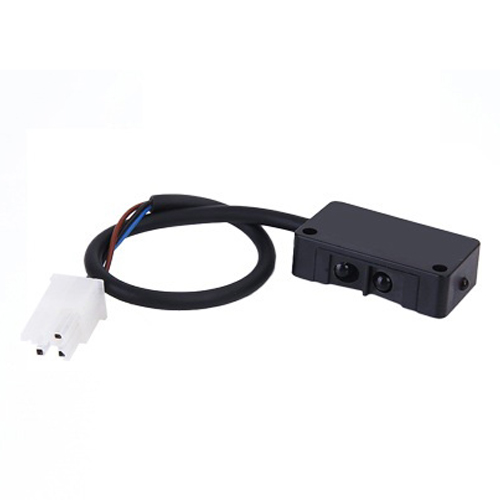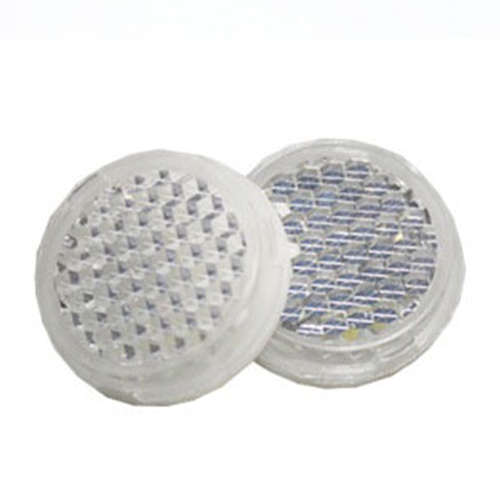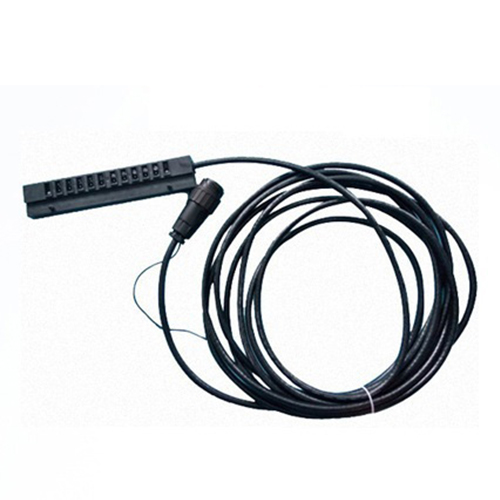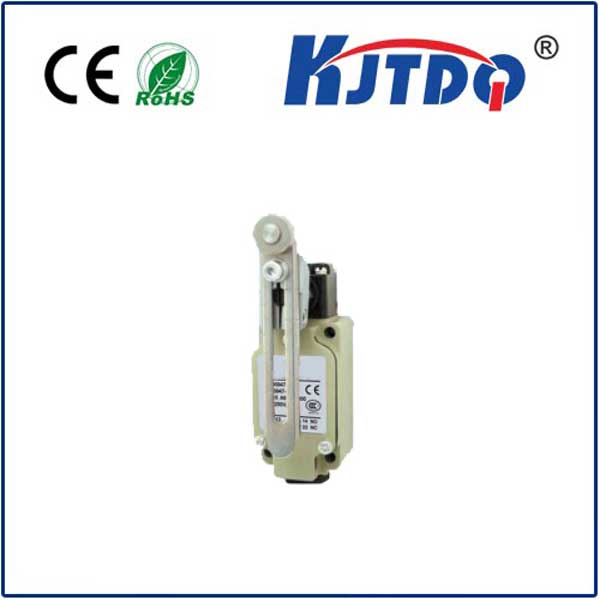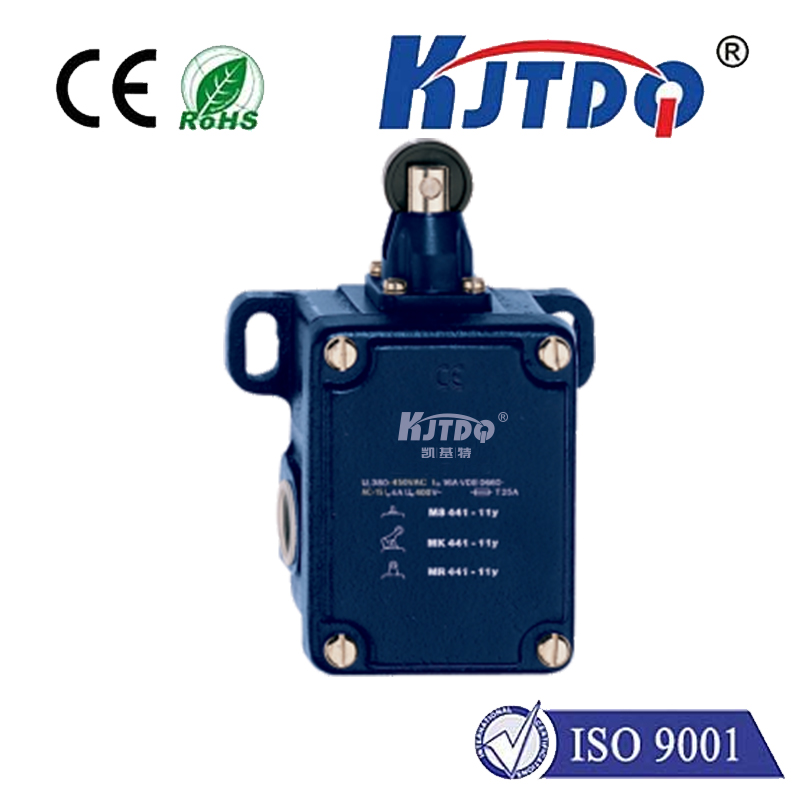

check

check

check

check

check

check

check

check

check

check
How often do you effortlessly slide into a tight parking spot, guided by subtle beeps? Or feel your car gently tap the brakes when traffic suddenly halts ahead? This isn’t magic; it’s the unseen vigilance of auto proximity sensors, technological sentinels working tirelessly to make driving safer and significantly smoother. Often unnoticed until they chime in, these sensors are fundamental components of modern vehicle safety and convenience systems, acting as an extension of the driver’s awareness.
What Exactly Are Auto Proximity Sensors?
At their core, auto proximity sensors are electronic devices designed to detect the presence, distance, and sometimes even the relative speed of objects near a vehicle. Think of them as your car’s “sixth sense.” They emit energy – typically ultrasonic waves, radio waves (radar), or light waves (LiDAR or cameras) – and analyze the reflected signals to determine object proximity. This real-time data is then processed by the vehicle’s onboard computer systems to alert the driver or trigger automated actions.
The Diverse Toolkit: Types of Auto Proximity Sensors
Modern vehicles employ a suite of different sensor technologies, each optimized for specific tasks:

Beyond Parking: The Critical Roles They Play
While parking aid is their most recognizable function, the impact of auto proximity sensors extends far beyond avoiding curb rash:
The Undeniable Impact: Safety, Convenience, and the Road Ahead
The integration of auto proximity sensors has demonstrably improved road safety. Features like AEB and BSM have been proven to reduce rear-end collisions and lane-change accidents significantly. They provide crucial warnings and interventions when human reaction times might be too slow, acting as a vital safety net.
Moreover, they dramatically enhance driving convenience. Parallel parking becomes less stressful, long highway drives are less fatiguing with ACC, and reversing out of blind driveways is far safer with RCTA. This technology makes driving accessible and less daunting for a wider range of people.
The evolution continues. Sensor fusion – the sophisticated combination of data from multiple sensor types (ultrasonic, radar, camera, LiDAR) – is key to enabling higher levels of vehicle automation (ADAS Levels 2+ and beyond). This fusion creates a more robust and comprehensive understanding of the vehicle’s surroundings than any single sensor type could provide alone.
Maintaining Your Silent Guardians
Like any vehicle component, proximity sensors require attention. Mud, snow, ice, or even thick dirt accumulation on sensors can impair their function. Drivers might see warning messages like “Sensor Blocked” on the dashboard. Regular washing, especially keeping bumper areas clean, is essential. Physical damage from minor bumps can also misalign or break sensors, requiring professional repair or calibration to ensure they function accurately. Manufacturer guidelines emphasize that sensor-reliant safety systems are driver aids, not replacements for attentive driving. The driver remains ultimately responsible for safe vehicle operation.
From the simple ultrasonic beep warning of a nearby curb to the complex fusion of radar and camera data enabling life-saving automatic braking, auto proximity sensors are indispensable components of modern automobiles. They operate continuously in the background, their subtle warnings and decisive actions weaving a critical safety net around the vehicle. As technology advances and sensor capabilities increase, including their role in developing autonomous driving features, these silent guardians will continue to redefine our relationship with the road, making every journey safer and more manageable.
